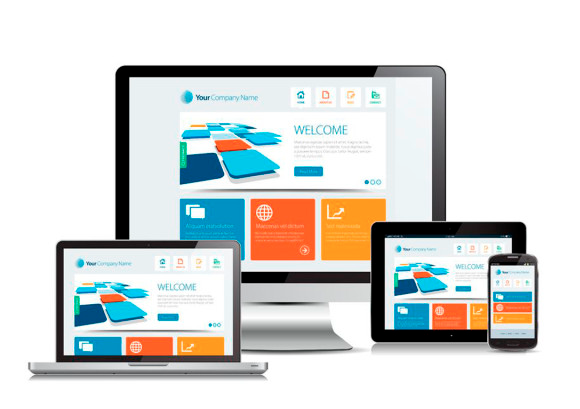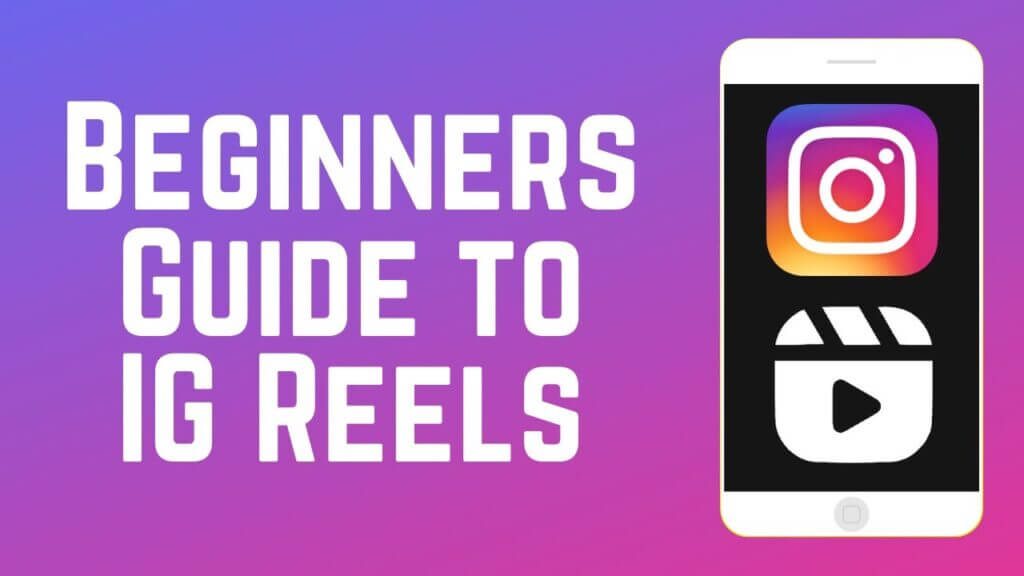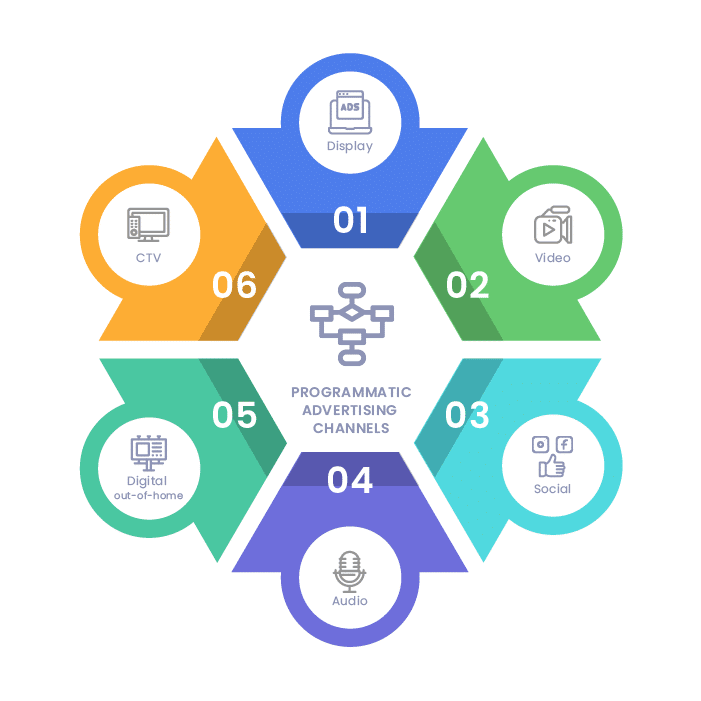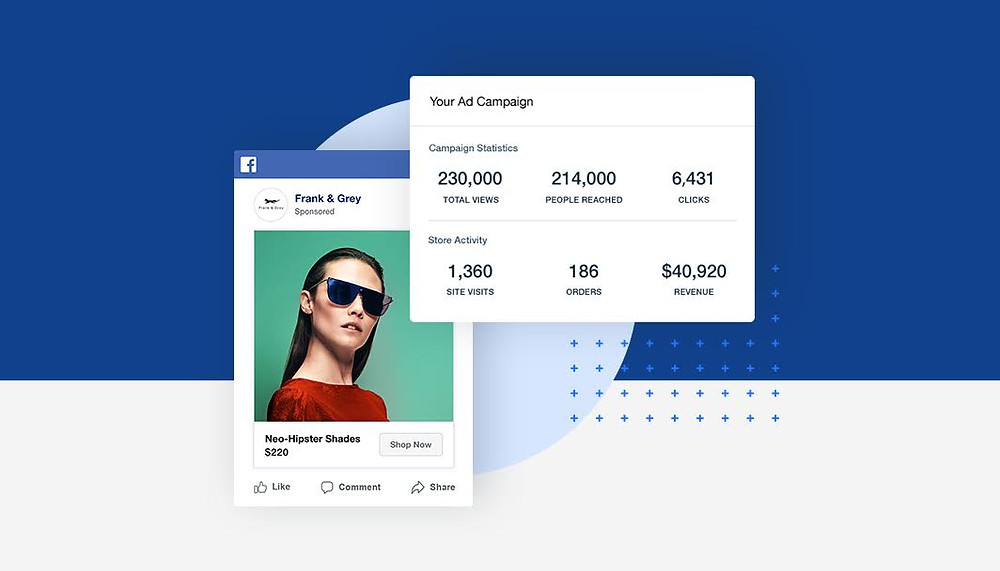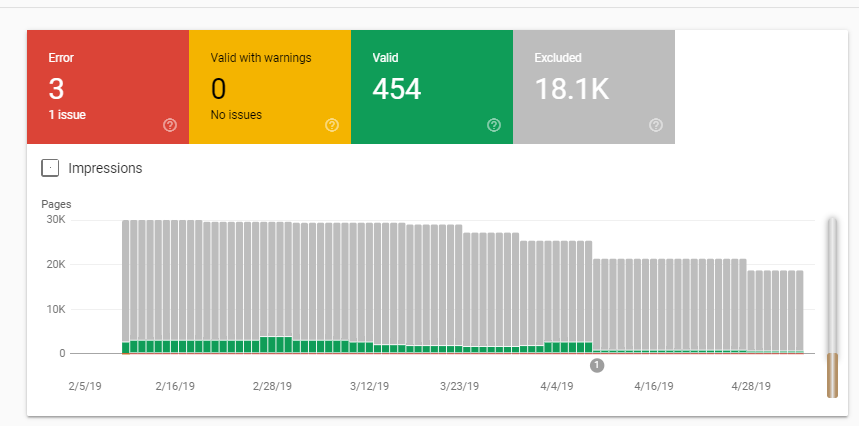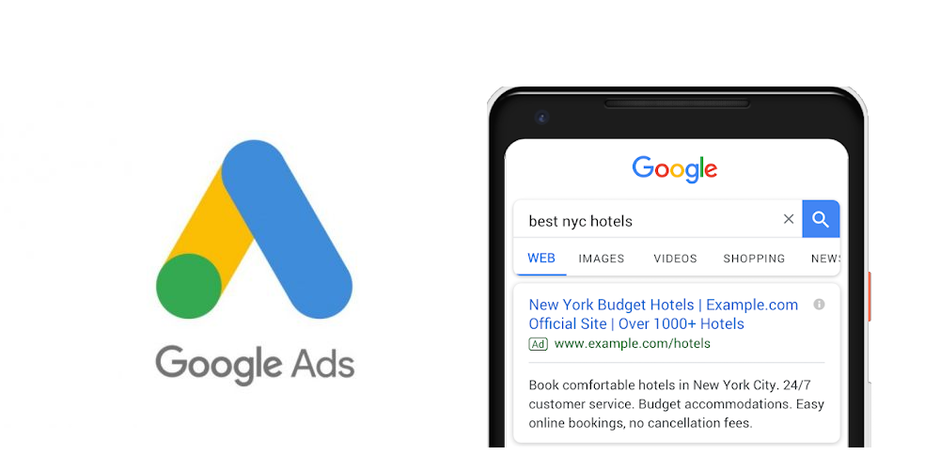You’ve probably heard much about making your site mobile-friendly. It is, after all, one of the most important aspects of web design and SEO.
But why is it vital to your brand? And what does a mobile-friendly website actually look like?
Today, we’re exploring why you MUST have a mobile-friendly website in 2022, how to determine whether your site is actually mobile-friendly, and what steps you can take to improve the site experience for your users.
Why do I need a mobile-friendly website?
Not sure why you should focus on making your site more mobile-friendly? Consider:
- 57% of all web traffic is from mobile phones.
- Over half of smartphone users have discovered a new product or brand online while searching on their phones.
- By 2025, almost 75% of users will only use their phones to search the internet.
Not to mention that. Eventually, Google will finish its mobile-first indexing, meaning that your mobile site will be the one that is indexed and shown to users regardless of device.
(The exception is sites with separate desktop and mobile URLs. Google will then show mobile users the mobile version and desktop users the desktop version.)
This means that not having a mobile-friendly site will result in a loss of visitors, conversions, and (most importantly) profit.
Is my website mobile-friendly?
Not sure your website is up to scratch? Google provides a free mobile-friendly testing tool that will tell you exactly where you stand.
It also takes a screenshot of the mobile version of your site so that you can see what your users will see and a list of recommendations that you can use to improve the experience. If your site just needs a few tweaks, this is less urgent. If the list is super long? Make making a mobile-friendly site your number one priority.
If you’ve created your site yourself, many website builders will offer an option to look at and edit the mobile version of your site. Think of yourself as a user and see how easy the site is. You can also ask some of your employees or friends to take a test drive and provide feedback.
If you’ve gone with a professional web developer, it is most likely that they will have already taken mobile-friendliness into consideration. Even so, it is best to check using the free tool to make sure that your designer has implemented a mobile-friendly design.
Does being mobile-friendly help my SEO?
Mobile-friendliness is a ranking factor determining where your page sits on the results page. Since 2015, Google has stated that mobile-friendly sites receive priority as they provide content that is more easily accessible and viewable for a majority of users.
As such, any SEO strategy must consider mobile-friendly web design to maximize a website’s potential.
What makes a mobile-friendly website?
You’ll need to consider many things to make your website more mobile-friendly. We’ve listed some of the most common and easily implemented below.
Responsive design
A responsive design shifts depending on the size of the screen being used. This means that text and other assets will be displayed in a way that is suitable to the screen being used. Therefore, responsive design is ideal for mobile phones, tablets, and computers.
Responsive design is the minimum organizations should aim for when creating a mobile-friendly website. Google has specifically recommended having a responsive design for your mobile site, which can affect your ranking.
Viewport meta tag
By having a viewport meta tag, you tell the browser that the width of the user’s screen should be considered the page’s full width. This means you can control the display better and optimize your site for narrower mobile screens.
A viewport meta tag looks something like this:
<meta name=”viewport” content=”width=device-width, initial-scale=1″>
Simple design
With a mobile web page, you have limited space to display content. Stripping things back and creating a simple and clean design is almost always the best.
Think: what is the primary goal of the page? Are users looking for a specific resource? A particular piece of information? Contact details? Make this super-easy to find, and you’re more likely to satisfy the user and take them to the next stage of their customer journey.
You’ll want to limit form fields and text input to only necessary, as these can frustrate users and be challenging.
Easy navigation
When searching for information on a phone, people want answers, and they want them fast. Your site should speed things along and help them reach their destination sooner.
This means that you’ll want to limit the number of pages displayed to users – keep things simple with the 4-8 most important that your users will need. The guidelines are a little different for eCommerce sites, which will naturally have more options, but care should still be taken to simplify the process and make navigating the site as easy as possible.
Alternatively, you can follow Amazon’s steps and leverage the search bar. This is an easy way for users to simply ask for what answers they seek and be brought to the page straight away.
Button size is essential – you don’t want them to be too big or obnoxious, but they must be decently sized so your users can easily click on them with a thumb or finger. Alternatively, you don’t want them to be too easy to click, which can frustrate viewers as they venture through your site.
Above all, your site navigation should be intuitive. Users should be able to know exactly where the menu options will take them and where the information they need will be.
Pop-ups
While annoying to most users, pop-ups are incredibly damaging to a mobile user’s experience. Not only do they block the information they’re trying to read, but they can make a user leave your page straight away rather than make an effort to close the pop-up.
If you want to include a pop-up, you can set it up so that it is only displayed once a user reaches the end of the page, directing them where to go next or if they are about to close the tab.
Site speed
Think site speed isn’t a big deal? Consider this: if your site takes more than 3 seconds to load, you’ll lose more than half of your mobile web visitors.
Not only is site speed essential for mobile users, but it is also a critical ranking factor for Google. As Google wants to provide the best user experience, it will prioritize sites that are faster to load and give users the information they need.
Site speed is so important that it is considered a Core Web Vital.
You can use Google’s PageSpeed Insights to find out how fast your site is and how to improve.
Image size
Large images and videos can take a while to load on mobile, as these devices have far less bandwidth than computers. By shrinking the file size, you can improve loading times and users’ experience.
You may also want to limit images and videos to those needed. This will help your site load faster and ultimately ensure that users can start searching your site without delay.
Large font
You don’t want your users squinting at their screens. And while they can zoom in, many users won’t take the time and will simply click that back button.
Large font is always best for the mobile version of your site. As a general rule, you should aim for a 16-pixel font size for maximum readability. Your font should be easy to see against your background with enough contrast.
You’ll also want to stick with standard fonts that are easy to read in order to cut down on loading times.
Make your site mobile-friendly today.
So there you have it. You need to make your site mobile friendly, and you need to do it ASAP. You can start by doing the following:
- Implement a responsive design
- Use viewport meta tags
- Keep the design of your site simple and easy to navigate
- Eliminate pop-ups
- Improve your site speed
- Use smaller image files and eliminate unnecessary images/videos
- Use a large, easy-to-read font
It’s important to note that mobile web design best practices are constantly evolving, meaning that creating a mobile-friendly site is not a one-and-done deal. To ensure that your site is still meeting the needs of users, you’ll need to do regular testing and keep up to date with the latest trends.
Looking to make your website more mobile-friendly? Get in touch with our expert SEO Sydney team, and we’ll be happy to help you identify your next steps!




